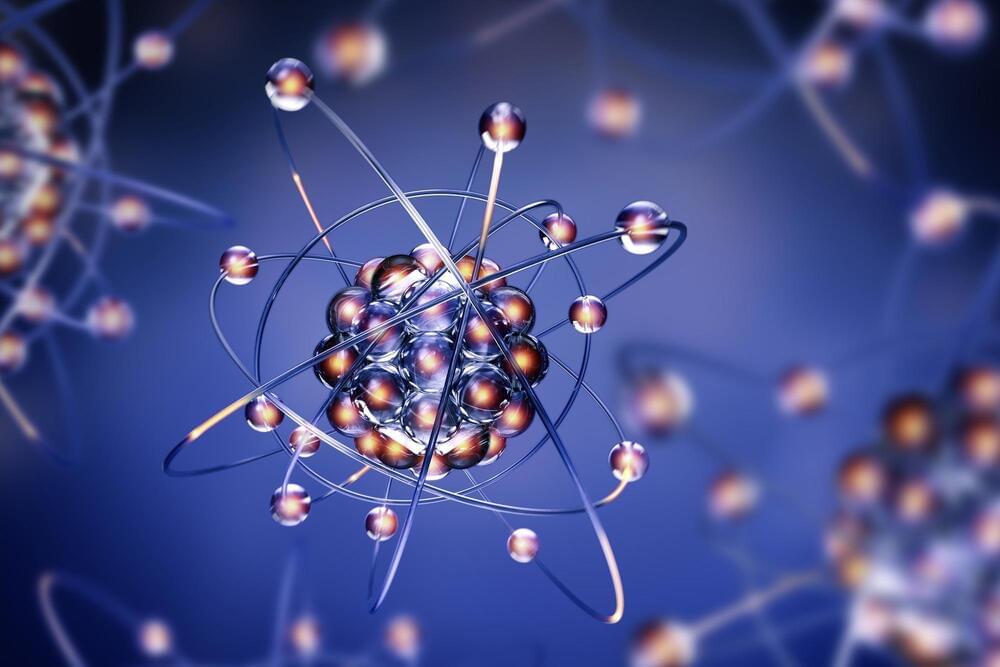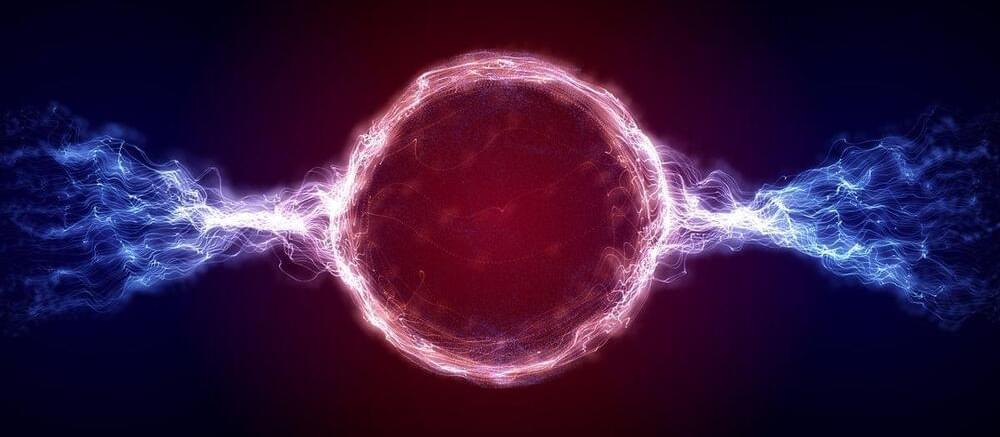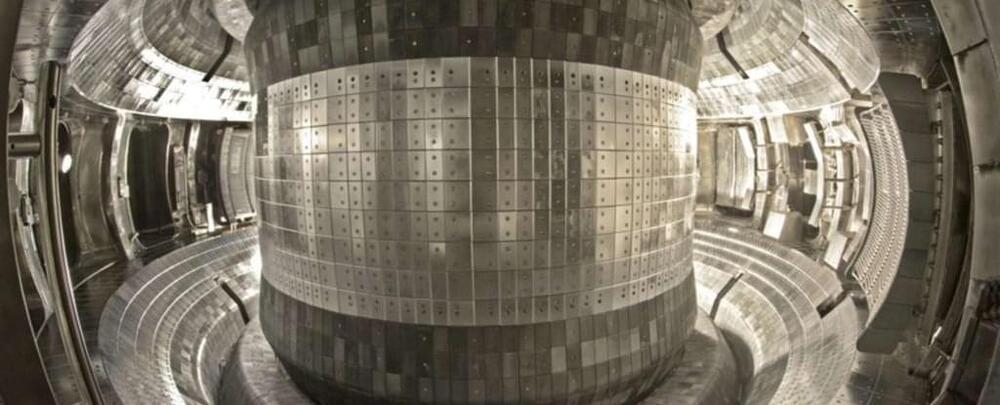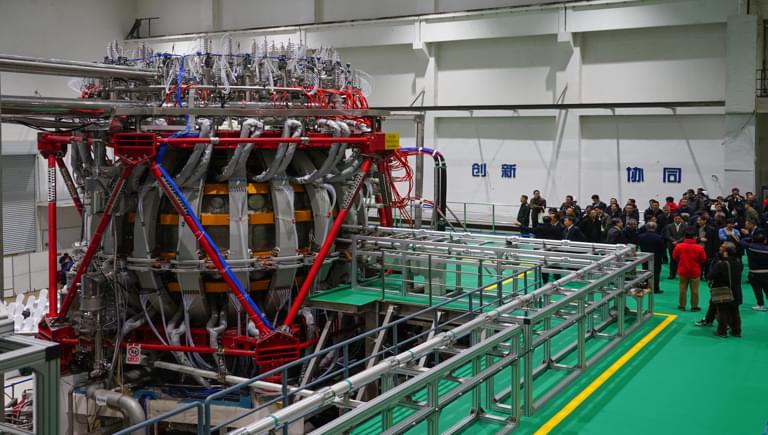China’s artificial sun reached 158 million degrees Fahrenheit for 17 minutes and 36 seconds. (Image Credit: Wikimedia Commons)
China set a ground-breaking record with its “artificial sun,” which superheated plasma to temperatures five times hotter than the sun. The Experimental Advanced Superconducting Tokamak (EAST) nuclear fusion reactor reached 158 million degrees Fahrenheit for 1,056 seconds (17 minutes, 36 seconds). This latest breakthrough brings the country one step closer toward its goal for unlimited clean fusion energy.
China’s EAST surpassed France’s Tore Supra tokamak record, set in 2003 when it superheated plasma in its coiling loop to identical temperatures for 390 seconds. Also, in May 2021, EAST set another record by running at 216 million F for 101 seconds. The fusion reactor achieved a peak temperature of 288 million Fahrenheit for 20 seconds during this experiment. In comparison, the sun’s core reaches approximately 27 million Fahrenheit.









